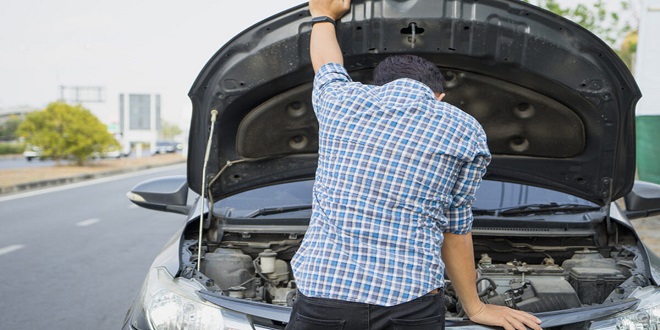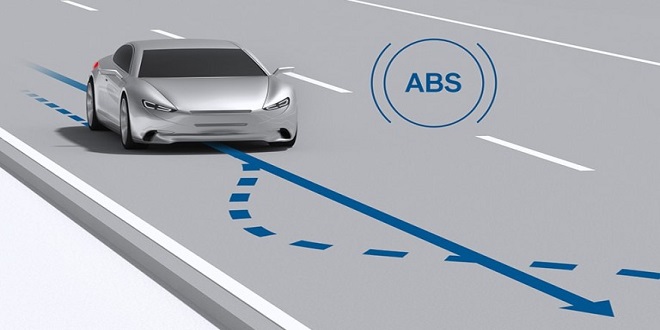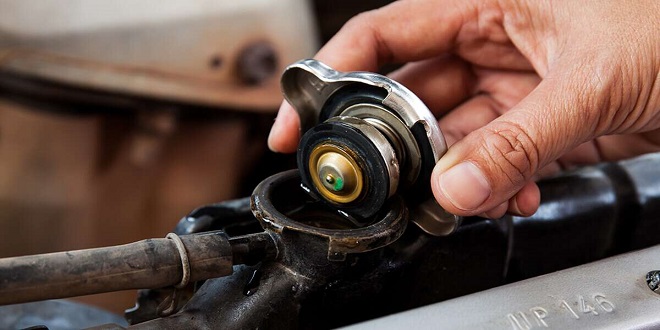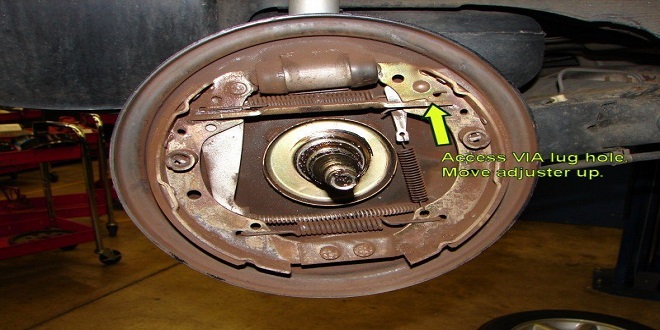Automobile problem slove – I know what the problem

I went out one morning and found that my car, Tweety Bird, wouldn’t start. I remembered my instructor saying that if you hear a clicking noise (that’s your solenoid) but your engine won’t start running, you probably have a loose wire somewhere between the ignition switch and the starter.
So I opened the hood (it was only the second time I’d gotten that far) and peeked in. Sure enough, I saw a cluster of wires on the firewall in front of my steering wheel. I could see where the wires ran along with the frame of the car to the battery, but after that, I got lost. I ended up calling the AAA.
When the AAA truck arrived, I proudly informed the technician that I knew what was wrong. “It’s just a loose wire between my battery and my starter,” I announced. “Then why didn’t you fix it yourself,” he asked.
“Because I don’t know which gadget is the starter!” He was nice enough to keep from laughing, and I felt better when the problem did turn out to be a loose wire on the starter. He also pointed out the starter and showed me the wires that connected to it.
The starter
If you use a key to start your vehicle, you should let go of the key immediately after the engine starts. As your key returns to the “On” (or “Run”) position (where it stays until you shut off the engine), the starter drive disengages from the flywheel, and your engine continues running on the fuel and air that are being pumped into its cylinders.
f you keep the ignition key in the “Start” position after the engine starts running, you’ll hear a strange noise. That noise is the clutch in the starter drive that allows the engine to spin faster than the starter.
Even though this one-way clutch prevents starter damage after the engine starts, it’s not a good idea to hold the key in the “Start” position for more than ten seconds at a time when the engine is under its own power.
If the vehicle doesn’t start, allow the starter to cool down for one to two minutes before attempting to start it again. Failure to do so can overheat the starter and damage it. And don’t turn the key to the “Start” position when the engine is running. If you do, you can damage the gear on the starter and the ring gear on the flywheel.
The Charging System
The running engine drives a belt that enables your alternator to produce electric current for the rest of the trip. Here’s how it does this: Your alternator replaces the electricity that was taken from the battery when you started the car. Then, every time your battery sends out some of its “juice,” the alternator replaces it.
Last word
An alternator produces alternating current (AC), which is internally converted to the direct current (DC) needed to drive various gadgets. You occasionally hear the alternator referred to as a generator. Generators are usually found on pre-1964 vehicles.
They generate direct current (DC) and pass it on. Today’s generators still generate electric current for other uses, but their automotive days are over.




